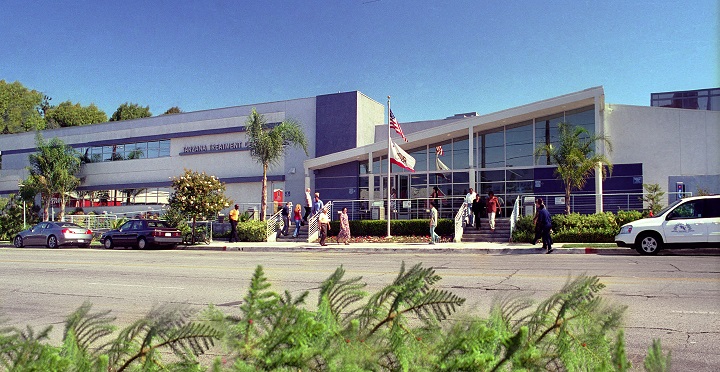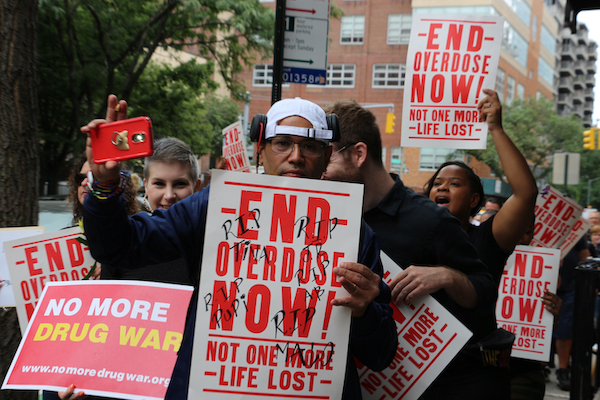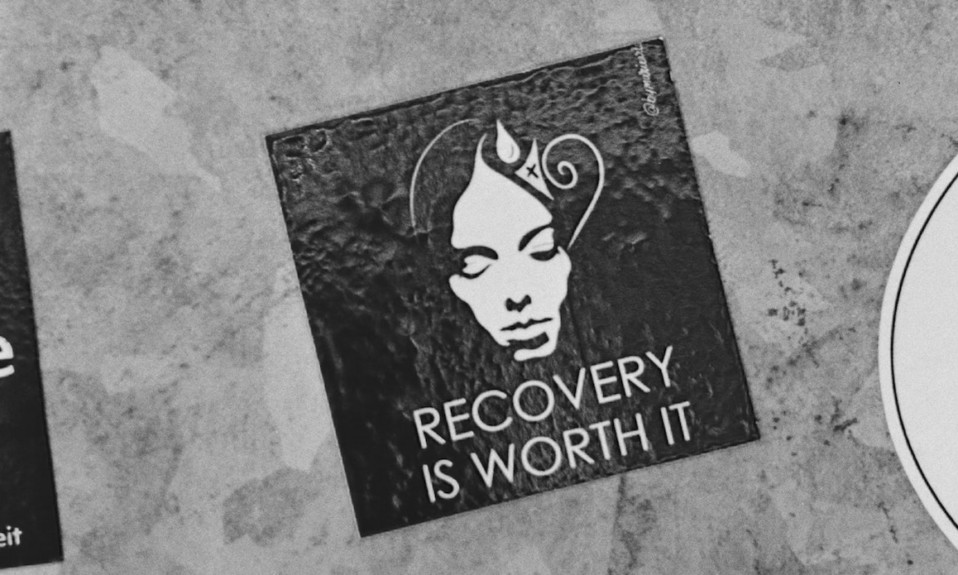Sponsored Content Spotlight
This sponsored content is produced for Tarzana Treatment Center by Treatment Magazine Content Studio.
By Lauren McCaffrey, Treatment Magazine Content Studio
Medications for Addiction Treatment (MAT) can be a powerful treatment tool for those struggling with substance and alcohol misuse. However, it hasn’t achieved the acceptance and adoption it deserves nationwide. That’s what Tarzana Treatment Centers (TTC) has long believed, put into practice, and is determined to prove with pioneering research, under the leadership of its clinical director, Ken Bachrach, Ph.D.
Ken Bachrach, Ph.D.: Why TTC Has Long Been at the Forefront of MAT

A longtime advocate for MAT’s benefits, Ken Bachrach, Ph.D., has been a member of the senior leadership of TTC, a California-based non-profit treatment organization, since 1987. Bachrach oversees TTC’s clinical services across the organization, where he and senior leadership have been implementing MAT healthcare solutions since 2008. MAT is the practice of creating integrated care approaches for patients by combining medication with counseling and behavioral therapies. The goal is to help these patients work through their addiction and toward recovery.
“There was so much education that we had to do early on,” Bachrach says. “Not just with patients but with staff, because at that time everyone was wary of medication. They didn’t understand medication in addiction treatment.”
A Mission to Elevate MAT With Treatment Professionals
In addition to caring for its patients, TTC is committed to helping educate treatment professionals nationally on the ways MAT can improve treatment outcomes for opioid use disorder (OUD) and alcohol use disorder (AUD). There is no approved medication—yet—for addiction to stimulants like methamphetamine and cocaine. MAT has proven an especially key tool to support recovery from AUD and OUD while reducing opioid overdoses. Given the current COVID-19 pandemic, patient access to SUD treatment and potentially lifesaving MAT is vital. Such access can help address the risk of social isolation, economic insecurity, and mental health distress.
[MAT] will be something that is accepted throughout the addiction treatment community. And it really needs to be because this gives you another tool in your toolkit. It’s something that increases the likelihood of recovery, lowers the likelihood of overdoses and death, and has been shown to be very effective.”—Ken Bachrach, Ph.D., clinical director, Tarzana Treatment Centers
Not only an advocate, Dr. Bachrach is also participating in evidence-based MAT clinical trials with the National Institute of Drug Abuse (NIDA). A recent study includes a landmark clinical trial comparing the efficacy of two MAT drugs for OUD: Buprenorphine (Suboxone) and Naltrexone (Vivitrol). Both were found to effectively treat opioid addiction, allowing Tarzana to innovatively use them in combination in its integrated approach to caring for its under-serviced populations.
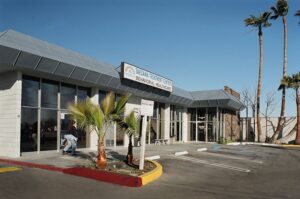
More studies are in the works. TTC recently received funding for new MAT research under Dr. Bachrach that will focus on the long-term effectiveness of MAT to help prevent relapse. “If you want to work here at Tarzana, you have to realize that we are going to do what the science says, and one of the things that science says is that MAT can increase the likelihood of recovery, prevent overdoses, and prevent death,” says Bachrach.
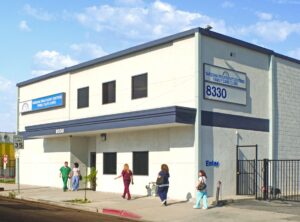
Customizing MAT for Every Tarzana Patient
TTC works closely with each patient to provide customized MAT approaches. The clinical team also works at learning why some patients may be reluctant to use MAT in an effort to improve its educational outreach.
“People are often not ready to take medications for a number of reasons including stigma, misinformation, or just ambivalence,” explains Dr. Bachrach.
Another defining TTC goal is to help educate primary care doctors. This process demonstrates to these medical professionals that MAT is a proven tool that can be used outside of treatment centers to support ongoing, successful recovery.
“We do think that [MAT] will be something that is accepted throughout the addiction treatment community,” Bachrach says. “And it really needs to be because this gives you another tool in your toolkit. It’s something that increases the likelihood of recovery, lowers the likelihood of overdoses and death, and has been shown to be very effective.”


